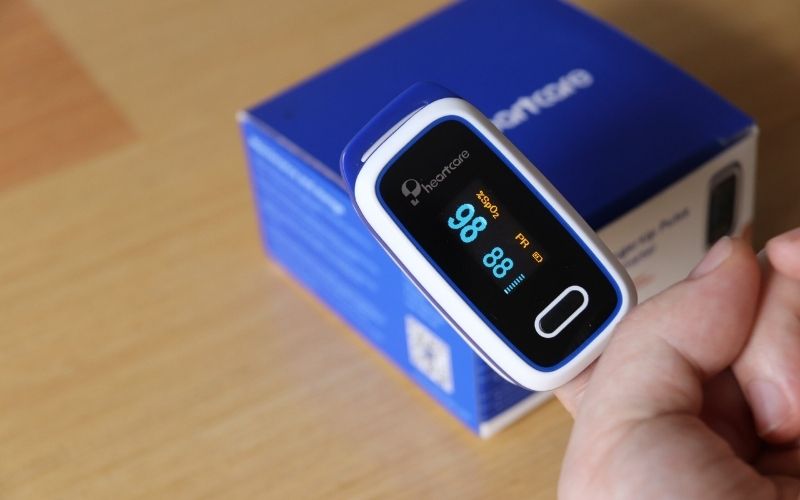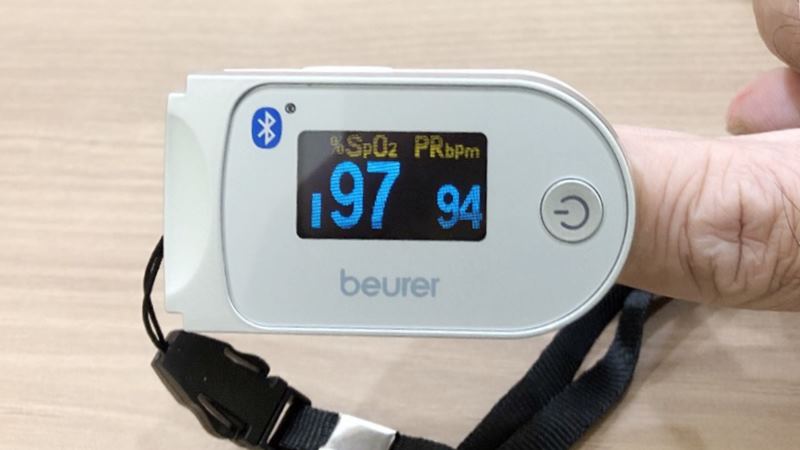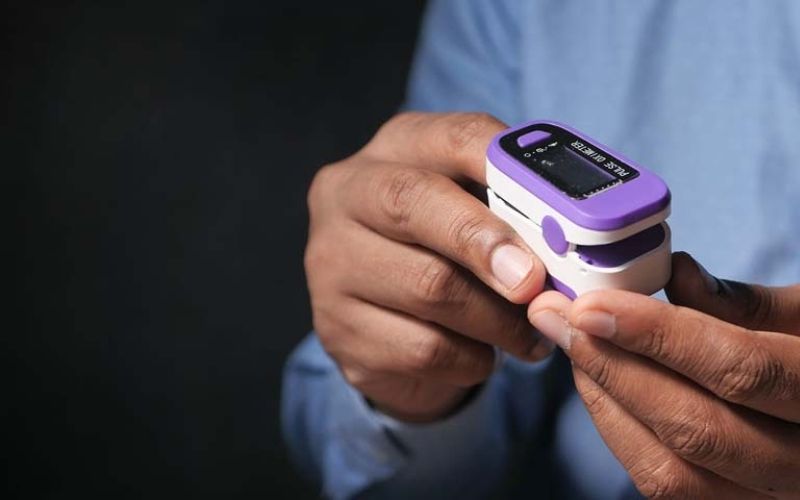Knowing your SpO2 level can help you understand the state of your respiratory health. So, how can you find out your SpO2 level? Let’s find out in today’s article!
1 What is SpO2?
 What is SpO2?
What is SpO2?
SpO2 stands for Peripheral Oxygen Saturation. It is a measure of the oxygen saturation in peripheral blood. Typically, SpO2 is measured indirectly via the skin using a specialized device.
When measuring SpO2, the device is clipped onto the fingertip, toe, or earlobe. The process involves emitting and absorbing light through the blood vessels to determine the SpO2 level of the patient.
2 Applications of SpO2
 Applications of SpO2
Applications of SpO2
Apart from helping detect respiratory issues in patients, SpO2 levels have several other applications, including:
- Use in resuscitation: SpO2 levels are used to determine the condition of patients, especially those who require oxygen tanks or ventilators.
- Detecting reduced ventilation in respiratory patients: SpO2 levels are used to assess whether a patient’s condition is improving or deteriorating.
- Treating and monitoring respiratory diseases: Based on SpO2 levels, doctors can devise treatment plans for patients with respiratory conditions.
- Detecting carbon monoxide poisoning.
3 Who Should Measure Their SpO2 Levels?
 Who Should Measure Their SpO2 Levels?
Who Should Measure Their SpO2 Levels?
SpO2 levels are widely used for diagnosis and health assessment, but the following individuals should pay particular attention to their SpO2 levels:
- People with venous diseases.
- Infants and premature babies.
- Individuals with Covid-19.
- People who have had a stroke and are undergoing resuscitation.
- Patients undergoing surgery.
4 What is a Normal SpO2 Level?
 What is a Normal SpO2 Level?
What is a Normal SpO2 Level?
SpO2 levels are represented as a percentage, and a normal reading typically falls between 95% and 100%.
If your SpO2 level drops below 95%, it is a warning sign of oxygen deficiency in the blood. However, a level of 94% and above is considered normal.
5 What SpO2 Level Indicates Respiratory Failure?
 What SpO2 Level Indicates Respiratory Failure?
What SpO2 Level Indicates Respiratory Failure?
According to experts, respiratory failure occurs when an individual’s SpO2 level drops below 95%.
Here is a standard SpO2 measurement scale:
- SpO2 97% – 99%: Good blood oxygen level.
- SpO2 94% – 96%: Average blood oxygen level, additional oxygen may be required.
- SpO2 90% – 93%: Low blood oxygen level, consult your doctor.
- SpO2 below 92% without oxygen or below 95% with oxygen: Sign of severe respiratory failure.
- SpO2 below 90%: Indicates a critical condition requiring emergency medical attention.
SpO2 Levels in Infants:
- The safe SpO2 level for infants is similar to that of adults, typically above 94%. If an infant’s SpO2 level drops below 90%, seek medical attention immediately.
6 Symptoms of Low SpO2 Levels
 Symptoms of Low SpO2 Levels
Symptoms of Low SpO2 Levels
When SpO2 levels drop in respiratory patients, the following symptoms may occur:
- Difficulty breathing or inability to breathe.
- High blood pressure.
- Cyanosis (blue or purple discoloration of the skin).
- Loss of consciousness.
This article has provided you with information about SpO2 levels and their significance. We hope that you found it helpful and that it empowers you to take better care of your health and that of your loved ones.
Source: medlatec.vn
You may also be interested in:
Shop for fresh and delicious fruits at competitive prices with us:






























